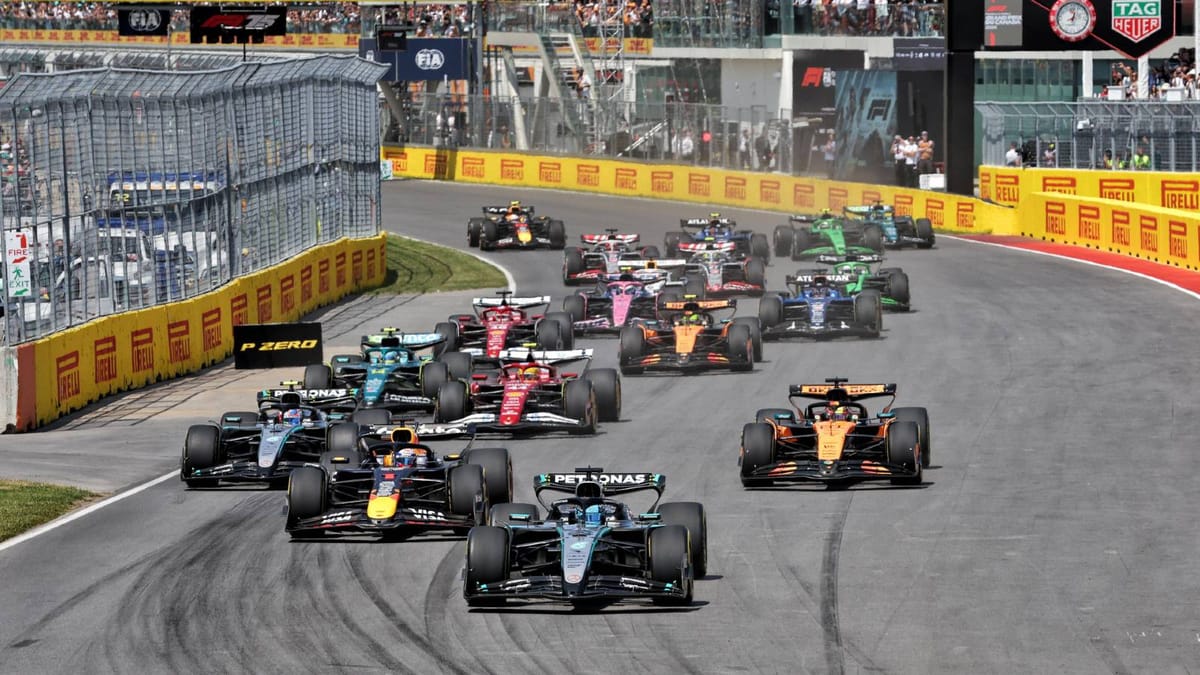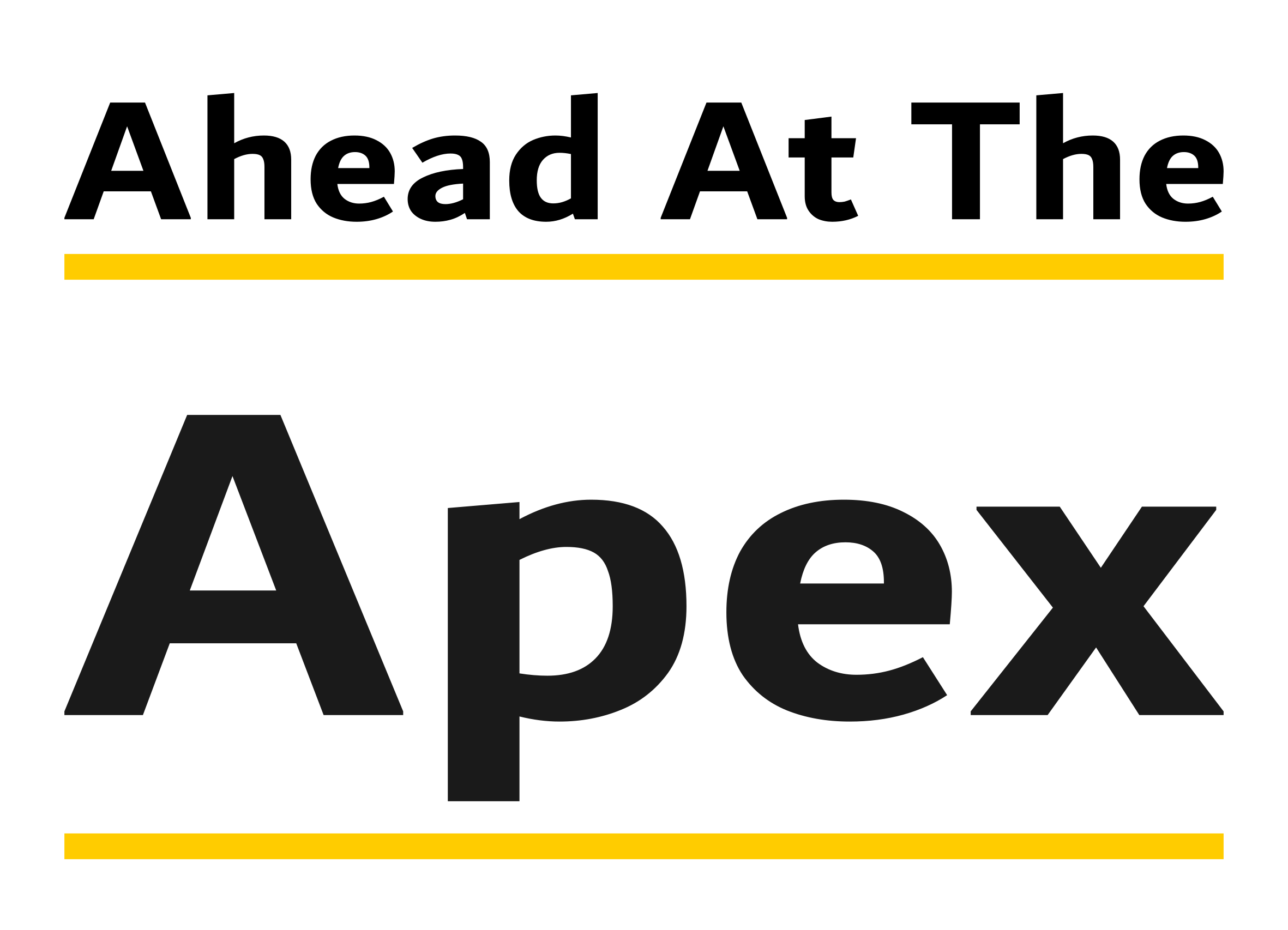The FIA's Mid-Season Rule Clarifications: Navigating the Grey Areas of F1 Racing

Formula 1, at its heart, is a battle of engineering brilliance and driving prowess. Yet, governing the intense wheel-to-wheel action and the ever-evolving technical landscape requires a robust and adaptable rulebook. In the break between the 2025 British and Belgian Grand Prix, the FIA made significant waves with the release of revised racing guidelines and a refined penalty framework for the remainder of the 2025 season. This wasn't just administrative fine-tuning; it was a direct response to a season that had seen its fair share of contentious penalties and on-track incidents, aiming to bring much-needed clarity for drivers, teams, and, crucially, the millions of fans watching worldwide.
The Need for Transparency: Addressing Past Controversies
The 2025 season, much like its predecessors, had its moments of debate surrounding track limits, overtaking manoeuvres, and the consistency of stewarding decisions. Drivers and team principals alike had voiced concerns about the lack of transparency and, at times, what felt like arbitrary rulings. These criticisms often left fans bewildered and questioning the integrity of the racing.

Recognising this, the FIA took a proactive step by not only revising its guidelines but also, significantly, making the latest 2025 version publicly available. This move, championed by figures like GPDA director George Russell, was hailed as a positive development, fostering a greater understanding of the rationale behind stewarding decisions. The objective was clear: to empower everyone in the F1 ecosystem with a clearer understanding of the rules of engagement.
Key Clarifications: Overtaking, Track Limits, and Penalty Framework
The updated guidelines provided granular detail on several critical areas of on-track conduct.
- Overtaking on the Inside: The FIA outlined specific criteria for a car to be "entitled to be given room" when attempting an overtake on the inside of a corner. This includes the requirement for the overtaking car's front axle to be "AT LEAST ALONGSIDE THE MIRROR of the other car PRIOR TO AND AT THE APEX." Furthermore, the overtaking car must take a "reasonable racing line" and be able to complete the move while remaining within track limits. This aims to prevent dive-bombs from too far back and encourage cleaner, more predictable overtaking.
- Overtaking on the Outside: Recognising the inherent difficulty, overtaking on the outside was explicitly deemed a "more difficult manoeuvre to accomplish." The guidelines now state that for an outside overtaker to be given room, including at the exit, their front axle must be "AHEAD OF THE FRONT AXLE of the other car AT THE APEX." This, combined with the need to drive in a "controlled manner" and remain within track limits, aims to delineate responsibility clearly in these challenging scenarios.
- Factors for Steward Judgement: The revised framework also provided an explicit list of considerations for the stewards when evaluating incidents. These included assessing whether the manoeuvre was "late or optimistic," what drivers could "reasonably see, know, or anticipate," and whether the manoeuvre could be "completed on the track." Factors like understeer, oversteer, locking, and a driver's positioning contributing to an incident were also highlighted, providing a more holistic approach to incident analysis.
- Revised Penalty Framework: Beyond on-track conduct, the FIA reinforced its penalty points system, reiterating that accumulating 12 points within a 12-month period would result in a one-race suspension. Crucially, there was a "stronger emphasis on safety," with harsher penalties for ignoring flag signals, Safety Car infringements, and misconduct towards race officials. The introduction of "clearer, progressive sanctions based on the severity and intent of incidents" aims to ensure tougher punishments for deliberate or reckless actions while allowing for mitigating circumstances.
Impact and Reception: A Step Towards Fairness?
The immediate reception from drivers and teams was largely positive, albeit with the usual cautious optimism. The clarity provided was welcomed, particularly the public dissemination of the guidelines. The hope is that this increased transparency will lead to more consistent and understandable stewarding decisions, reducing post-race controversies and allowing the focus to remain on the racing itself.

However, the effectiveness of these clarifications will ultimately be judged by their application. While the rules are clearer on paper, the dynamic nature of F1 racing means that subjective interpretations will always play a role. The true test will be seen in how stewards apply these guidelines in the heat of a race weekend, especially when championship stakes are high.
Beyond 2025: Setting the Stage for Fairer Battles
The FIA's mid-season rule clarification is a testament to the ongoing evolution of Formula 1's regulations. As cars become faster and the racing ever more competitive, the governing body must continually adapt to ensure both fairness and safety. This latest update suggests a commitment to transparency and a willingness to respond to feedback from within the paddock. For the fans, it's an opportunity to better understand the nuances of F1's intricate rulebook and appreciate the delicate balance between aggressive racing and fair play.

The FIA's updated guidelines and penalty framework represent a significant effort to inject greater clarity and consistency into Formula 1 stewarding. By making these rules public and providing a more detailed framework for decision-making, the governing body has taken a commendable step towards addressing past criticisms and fostering a more transparent environment. As the second half of the 2025 season unfolds, all eyes will be on how these revised rules influence the thrilling battles on track.
What are your thoughts on the FIA's new guidelines? Do you think they will lead to fairer racing? Let us know in the comments below! Stay ahead at the apex – sign up for our newsletter for all the latest F1 rule updates and analysis.




Comments ()